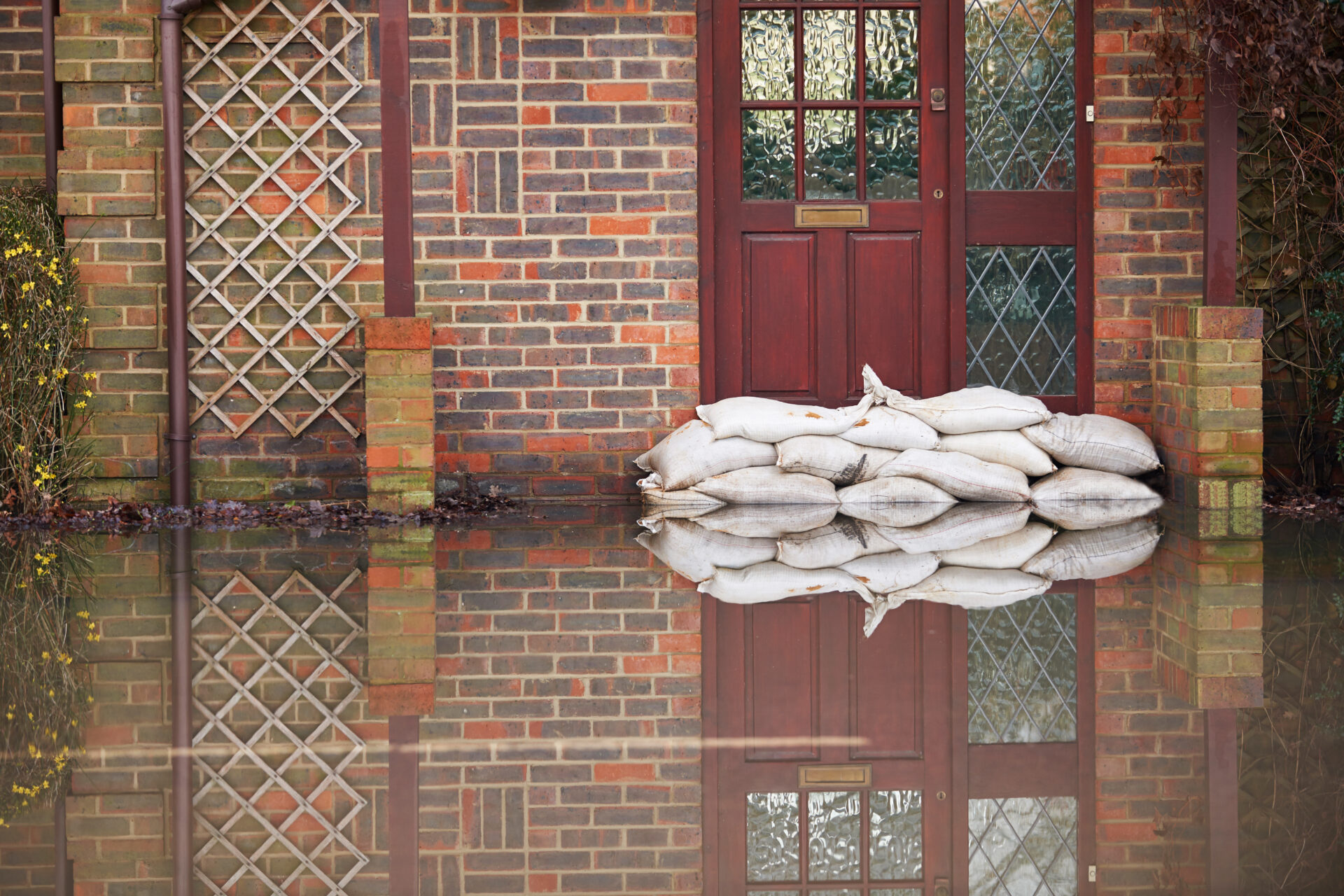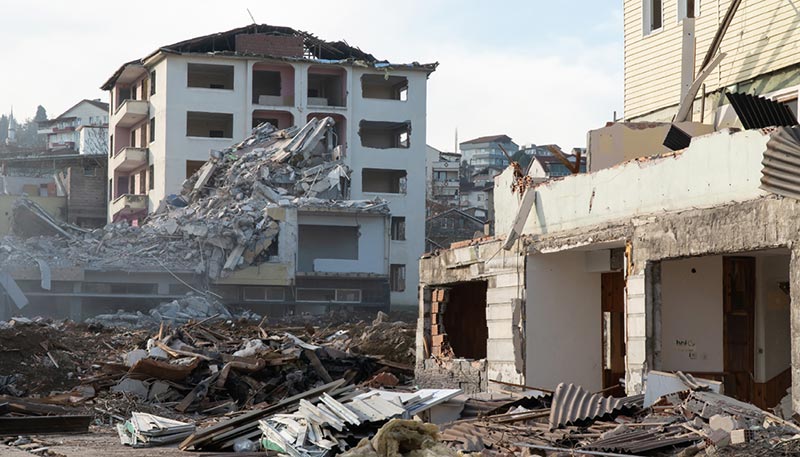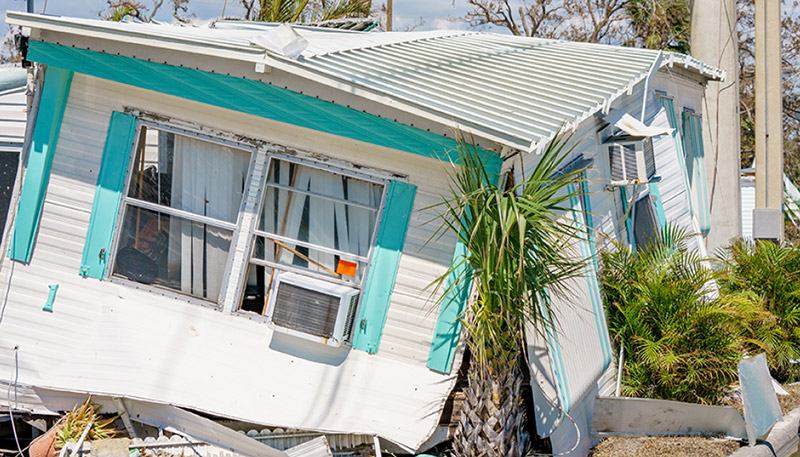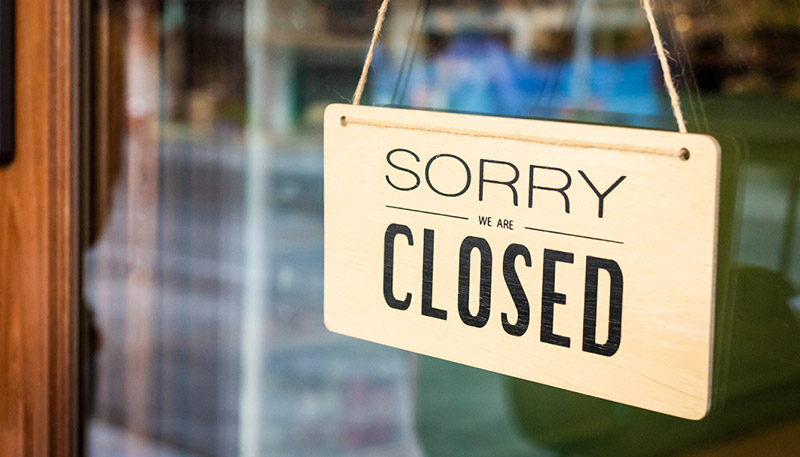When it comes to natural disasters, few events are as devastating and unpredictable as floods. From flash floods triggered by heavy rains to coastal inundations driven by hurricanes, flooding can wreak havoc on homes, businesses, and communities. For those who have wisely invested in flood insurance, the goal is to have a policy that provides the necessary financial relief to rebuild and recover. However, flood zone insurance claims can include higher insurance premiums for those living in high-risk areas, and payouts can vary based on the flood zone determined by the Federal Emergency Management Agency (FEMA).
The Significance of Flood Zones
FEMA pulls from historical flooding and weather data to create Flood Insurance Rate Maps (FIRMs). These maps include different Special Flood Hazard Areas (SFHA), also known as flood zones. An area will either be deemed high, moderate, or low risk, depending on the likelihood of a flood damaging property located in the area.
In a high-risk area, there is a one-in-four chance of a flood causing damage during a 30-year mortgage loan, which is why flood insurance is required to secure a federally backed loan in a high-risk flood zone. FEMA high-risk zones are labeled A, AE, AH, AO, A99 for inland flooding risks, and V for coastal waves and storm surge risks. Moderate to low-risk areas account for around 20% of flood insurance claims through the National Flood Insurance Program (NFIP) as well as one-third of federal disaster assistance payouts due to flooding.
When purchasing a property, it is essential to know the determined flood risk because it can significantly impact insurance requirements and flood zone insurance claims.
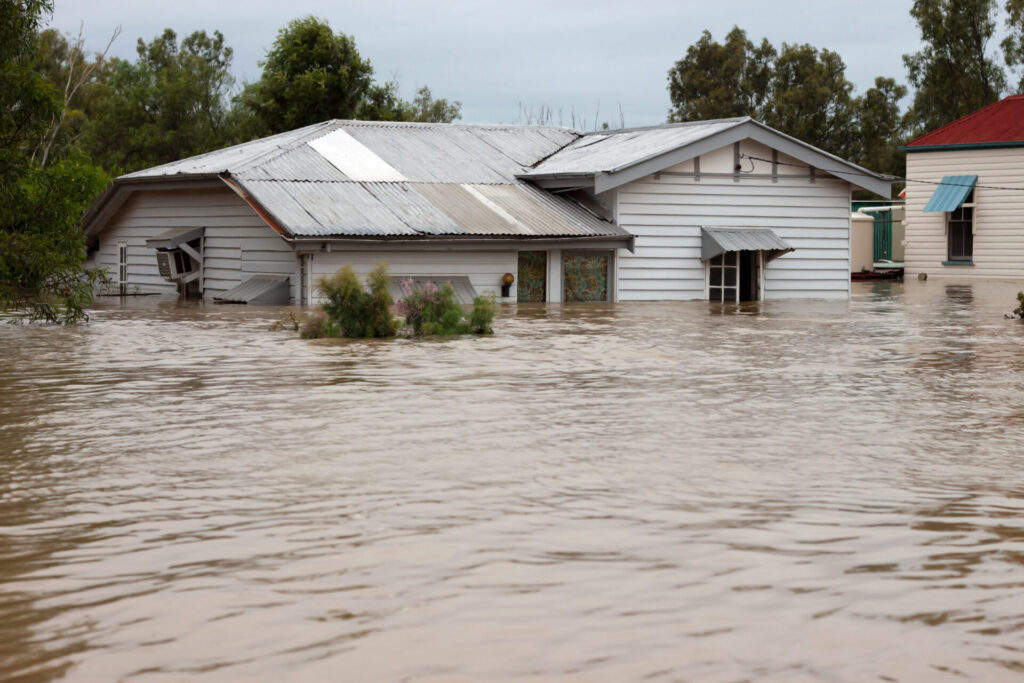
Insurance Premiums
In 1986, the U.S. Congress created the NFIP, to help reduce the economic impact of flooding on consumers. Local communities partner with the NFIP, who in turn partners with insurance providers, to offer flood coverage to property owners and renters.
The NFIP also helps determine the premiums property owners must pay for flood insurance. In addition to the flood risk zone, insurance providers consider the type of coverage (building only vs. building and contents), the deductible, the amount of coverage, the location of the building, the design and age of the building, and the location of the building’s contents (e.g, are the building’s utilities elevated above the flood risk?). Property owners cannot purchase insurance through the NFIP; they must go through an authorized insurance agent.
Required Coverage
According to FEMA, “All home and business owners in high-risk areas with mortgages from federally regulated or insured lenders are required to buy flood insurance.” Standard homeowners and business insurance policies do not cover flooding.
Even those properties that are not legally required to obtain flood insurance can benefit from coverage, as flooding is the most common natural disaster in the U.S. and can be devastating to a property.
Coverage Limits
FEMA flood zone insurance is not the same as standard homeowners or business insurance policies. Flood insurance is not a valued policy or a guaranteed replacement cost policy. Rather, flood insurance pays out the actual cash value (ACV) of damage from flooding, up to the policy limit and not beyond that amount.
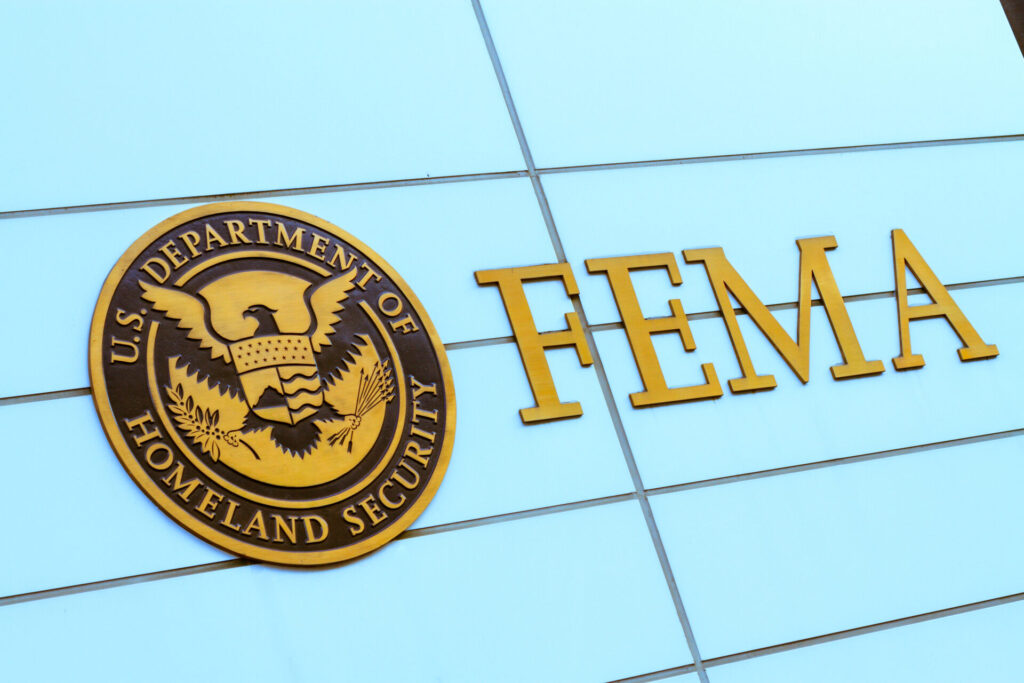
Eligibility for Federal Aid
For property owners who need help paying for flood insurance, various options are available. First, choosing a plan with a higher deductible is typically one way to lower insurance premium payments.
In the event of a natural disaster, individuals as well as small businesses may be eligible for direct assistance from FEMA. In addition to urgent needs like food and shelter, financial assistance may be available for the recovery process. According to FEMA, the Individual and Households Program (IHP) “provides financial and direct services to eligible individuals and households affected by a disaster, who have uninsured or under-insured necessary expenses and serious needs.” Federal disaster assistance, however, is not a substitute for flood insurance.
FEMA also partners with the Small Business Administration (SBA) to offer low interest recovery loans to businesses and individuals. These loans are subject to repayment terms.
Claims Processing
As with any insurance claim, processing a claim after a flooding event can cause undue stress for property owners. Once it is safe to return to the property, flood insurance policy holders should start by thoroughly documenting any flood damage and contacting their insurance companies. Property owners should keep in mind that in times of natural disaster, response times can be delayed as many individuals attempt to file claims at the same time. The insurance company will have procedures in place for submitting a claim, which property owners should follow closely to ensure their claims are accepted.
Public Adjuster
A flood insurance claim public adjuster can help property owners file insurance claims and get the payouts they deserve. The experienced professionals at WorldClaim have worked with hundreds of property owners who have suffered flood damage, and they can help you navigate the murky waters of a flood insurance claim, acting as your advocate and lending a helping hand through every step.
